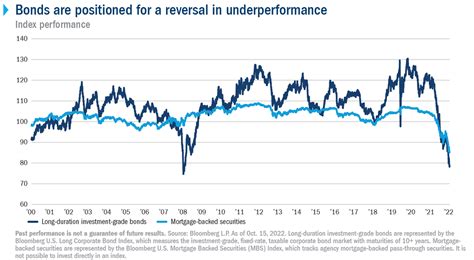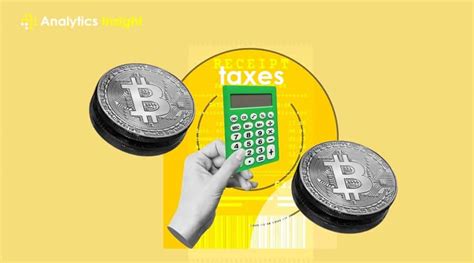Introduction:

The 10-year bond market is a crucial component of the global financial system, influencing interest rates, economic growth, and investment strategies. As we approach 2025, it is essential to assess the market’s current performance and anticipate its future trajectory. This article will delve into the dynamics of the 10-year bond market, comparing its historical performance to present-day trends and exploring potential implications for the upcoming year.
Historical Performance:
Over the past decade, the 10-year bond market has experienced significant fluctuations. Following the 2008 financial crisis, interest rates plummeted to record lows, leading to a surge in bond prices. In recent years, however, rates have gradually risen, albeit at a slower pace than previously anticipated.
2023 Performance:
2023 has been a challenging year for the 10-year bond market, driven by heightened inflation concerns and aggressive rate hikes by central banks. As a result, bond yields have surged, negatively impacting price performance. According to data from the Federal Reserve, the 10-year Treasury yield reached 4.25% in October 2023, its highest level since 2008.
2025 Outlook:
Predicting the 10-year bond market’s performance in 2025 is an arduous task, as it is influenced by a complex interplay of economic factors. However, based on current trends and market expectations, several scenarios can be explored.
Scenario 1: Economic Slowdown
If economic growth slows in the coming years, demand for borrowing could decline, leading to lower interest rates and a rise in bond prices. This scenario is supported by the International Monetary Fund’s (IMF) projections, which forecast global growth to decelerate from 6.0% in 2022 to 2.9% in 2025.
Scenario 2: Inflation Persistence
Alternatively, if inflation remains persistent, central banks may continue to raise interest rates, putting pressure on bond prices. This scenario is plausible given the ongoing supply chain disruptions and labor market tightness. According to a survey by Bloomberg, economists expect the 10-year Treasury yield to average around 3.75% in 2025, still above pre-pandemic levels.
Scenario 3: Market Volatility
Political or geopolitical uncertainties could also lead to market volatility, affecting the 10-year bond market. For instance, the ongoing conflict in Ukraine and rising geopolitical tensions between the United States and China could impact investor sentiment and drive bond price fluctuations.
Investment Implications:
Investors should carefully consider the potential implications of different scenarios on their investment portfolios.
- Long-term investors: In a scenario of economic slowdown and lower interest rates, long-term bonds may offer attractive returns.
- Short-term investors: Short-term bonds may provide stability and income generation in a period of rising interest rates.
- Diversification: Including a mix of bonds with varying maturities can help diversify portfolios and mitigate risk.
Tips and Tricks:
- Monitor economic data and central bank announcements to stay informed about market conditions.
- Consider using bond ladders or bond funds to spread out maturities and minimize risk.
- Seek professional advice from a financial advisor to tailor your investment strategy to your specific goals and risk tolerance.
Highlight the key benefits of the 10-year bond market
- Provides a stable source of income for investors.
- Acts as a benchmark for other financial instruments.
- Contributes to economic growth by facilitating infrastructure investment.
- Helps control inflation by influencing interest rates.
Case Detail:
In 2018, when the U.S. Federal Reserve raised interest rates, the 10-year Treasury yield jumped from 2.50% to 3.25%. This led to a decline in bond prices and an increase in borrowing costs for businesses and consumers.
Conclusion:
The 10-year bond market is a dynamic and complex market that plays a vital role in the global economy. As we approach 2025, it is crucial for investors to understand the market’s historical performance, current trends, and potential scenarios. By carefully assessing the available information and seeking professional advice, investors can position their portfolios to navigate the challenges and opportunities that lie ahead.
Table 1: 10-Year Treasury Yield Historical Performance
| Year | Yield (%) |
|---|---|
| 2013 | 2.94 |
| 2014 | 2.18 |
| 2015 | 2.25 |
| 2016 | 2.15 |
| 2017 | 2.35 |
| 2018 | 3.25 |
| 2019 | 2.65 |
| 2020 | 0.85 |
| 2021 | 1.62 |
| 2022 | 3.88 |
| 2023 | 4.25** |
Table 2: 2025 Bond Market Outlook Scenarios
| Scenario | Interest Rates | Bond Prices |
|---|---|---|
| Economic Slowdown | Lower | Higher |
| Inflation Persistence | Higher | Lower |
| Market Volatility | Variable | Fluctuating |
Table 3: Investment Implications of 10-Year Bond Market Scenarios
| Scenario | Long-term Bonds | Short-term Bonds |
|---|---|---|
| Economic Slowdown | Attractive returns | Stability and income |
| Inflation Persistence | May underperform | Provide buffer against inflation |
| Market Volatility | Riskier | Less affected by volatility |
Table 4: Tips for Navigating the 10-Year Bond Market
| Tip | Explanation |
|---|---|
| Monitor economic data | Stay informed about market conditions. |
| Consider bond ladders or funds | Spread out maturities and minimize risk. |
| Seek professional advice | Tailor your strategy to your goals and risk tolerance. |



